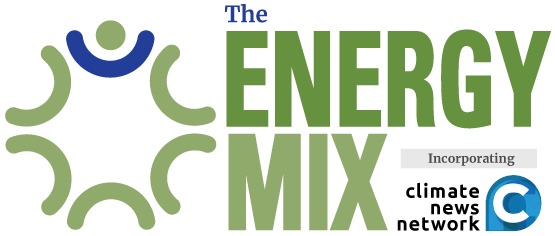All told, renewable energy capacity worldwide will grow 2.6- to 2.8-fold from 2022 levels by 2030, falling short of the tripling that countries promised at the COP28 climate summit in Dubai. “This target can still be brought within reach if countries adopt enhanced policies to bridge gaps in both ambition and implementation,” the report states.
In an analysis published just hours ahead of the IEA release, researchers at the Ember energy think tank said solar and wind outpaced the growth in global electricity demand in the first half of this year, overtaking coal as a source of power supply for the first time.
“We are seeing the first signs of a crucial turning point,” Ember Senior Electricity Analyst Małgorzata Wiatros-Motyka said in a release. “Solar and wind are now growing fast enough to meet the world’s growing appetite for electricity. This marks the beginning of a shift where clean power is keeping pace with demand growth.”
The IEA expects renewables deployment to be 5% slower this year than it projected in October 2024, a shift it attributes to policy changes in the United States and China. “The forecast for the United States is revised down by almost 50%,” the report states, after the Trump administration phased out federal renewable energy tax credits ahead of schedule, imposed severe import restrictions on renewables industries, suspended new offshore wind leasing, and curtailed wind and solar leasing on federal lands.
“China’s shift from fixed tariffs to [renewable energy procurement] auctions is impacting project economics and lowering growth expectations,” the IEA adds. “Nonetheless, China continues to account for nearly 60% of global renewable capacity growth and is on track to reach its recently-announced 2035 wind and solar target five years ahead of schedule, extending its track record of early delivery.”
India, the EU, and most emerging and developing economies have all accelerated their renewable adoption since the IEA’s last data release a year ago. India is in good shape to meet its 2030 target and become the world’s second-biggest renewable energy market, achieving a 2.5-fold increase in capacity in just five years. Deployment is accelerating in Southeast Asia and Europe, while the forecast for the Middle East and North Africa is up 25%, led mainly by solar development Saudi Arabia.
The IEA points to some storm clouds for the renewable energy sector. Growth in wind power development is hampered by supply chain issues, rising costs, and permitting delays, and major solar and wind manufacturers are still losing money despite “surging” installations world-wide. An excess of solar modules has driven prices down by more than 60% in China since 2023, while wind manufacturers outside China reported cumulative losses of US$1.2 billion last year.
But despite those headwinds, the IEA said one-fifth of the large renewable developers it surveyed had increased their deployment targets over the last year, while three-quarters kept to their previously-stated goals. At a time of uncertain government policies, corporate power purchase agreements (PPAs) have been an important point of stability, delivering 30% of the expansion the IEA anticipates through 2030.



